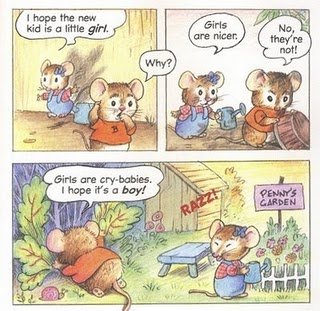While I was writing it, if I had any idea that was going to be a hit, it probably would have come out differently and it wouldn’t have been a hit. That just came real fast, a blaze, a blur.”
—John Hartford
Here’s another one of those songs that I recall hearing in my earliest years — a song that was not chosen or selected by me, it was just there, leaking through the airwaves — a song that I only gradually came to recognize as a work of genius. Again: This improbable hit, written in 1967 by John Hartford, struck my tender self as fairly uncool. This was not the hard rock blasting through the walls of my brothers’ rooms. For starters, Glen Campbell had huge success with it and used it as the theme song for his cornball variety show; hell, my grandmother liked Glen Campbell — and she didn’t have teeth! We forget nowadays just how uncool — how reviled — country music was at the time. It was Redneck Music, hillbilly stuff. Those were the people who actually liked the Vietnam War. Or at least so we, the Lords of Popular Opinion, thought.
An aside: It’s another reason how stunning and courageous it was when Dylan went country with “Nashville Skyline”; he was showing respect to a form of music that rockers of the time openly mocked. But we’ll push that big topic aside for another day, the Dylan book I’ll probably never write.
The song has aged extremely well. “Gentle On My Mind” has been covered by everybody, including hipsters of all varieties. One of my favorite versions, not available on Youtube, is by Mark Eitzel, formerly of the San Francisco-based band, American Music Club. Fans of the song might want to track down Eitzel’s version off his covers CD, “Music for Courage & Confidence.” Available on iTunes for 99 cents.
Another favorite artist, Lucinda Williams, recorded it for the odious movie, “Talladega Nights” (it played while the credits mercifully rolled).
Scroll down a second and take a look at those insane, long-winded lyrics. What a mouthful. How does a singer deliver all that? You get those incredible rolling lines, a sense of naturalistic movement aided by Hartford’s artful use of enjambment. The lyric moves and flows like the Mississippi River that John Hartford loved as a child. There’s surprising turns of phrase everywhere, flashing moments that grab my ear: ‘It’s not clinging to the rocks and ivy planted on their columns now that bind me/Or something that somebody said because they thought we fit together walking.”
I love that crazy collision of almost archaic poesy crashing against the syntax of the common tongue; “something that somebody said” indeed. As my buddy Craig Walker used to say, “It’s the damnedest thing.” And I’m sure he must have loved that song, because Craig loved those moments whenever high art and low art met. After all, his favorite movie was “Five Easy Pieces.” But again, thinking of Craig, I digress.
Here’s a few versions for your enjoyment (or mine, I suppose).
Dean Martin:
Jim Ed Brown:
John Hartford & Glen Campbell:
Elvis Presley:
It’s knowing that your door is always open and your path is free to walk
That makes me tend to leave my sleeping bag rolled up and stashed behind your couch
And it’s knowing I’m not shackled by forgotten words and bonds
And the ink stains that have dried upon some line
That keeps you in the backroads by the rivers of my mem’ry
That keeps you ever gentle on my mind
It’s not clinging to the rocks and ivy planted on their columns now that bind me
Or something that somebody said because they thought we fit together walking
It’s just knowing that the world will not be cursing or forgiving
When I walk along some railroad track and find
That you’re moving on the backroads by the rivers of my mem’ry
And for hours you’re just gentle on my mind
Though the wheat fields and the clotheslines
And the junkyards and the highways come between us
And some other woman’s crying to her mother cause she turned and I was gone
I still might run in silence, tears of joy might stain my face
And the summer sun might burn me till I’m blind
But not to where I cannot see you walking on the backroads
By the rivers flowing gentle on my mind
I dip my cup of soup back from a gurgling, crackling cauldron in some train yard
My beard a roughened coal pile and a dirty hat pulled low across my face
Through cupped hands round a tin can I pretend to hold you to my breast and find
That you’re wavin’ from the backroads by the rivers of my mem’ry
Ever smiling, ever gentle on my mind











